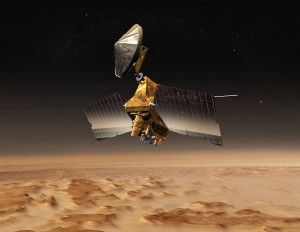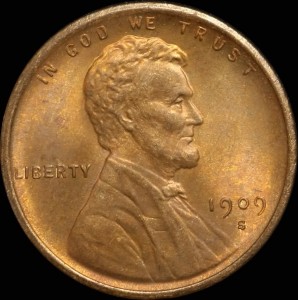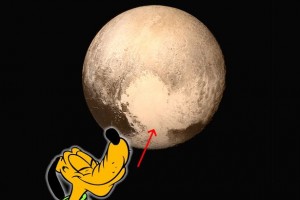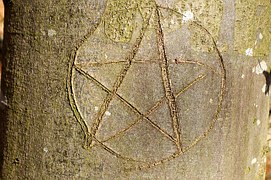Oh, the weather outside is chilly
But the chili is so delightful
Let us Eat! Let us Eat! Let us Eat!
It’s that time of year. CHILI TIME!
The temperatures have dropped as the monsoons have approached. It’s wet and soggy, it’s soup time in Texas, and that means chili.
Long before now, the Spanish landed in Mexico and discovered the native peppers. “Chili” is the Aztec word for a chili pepper, and for an Aztec to fast was to abstain from salt and chilies. The variety of chilies is mystifying, but all chilies have two things in common: they are tasty and they are hot. A man who lost his taste buds to peppers invented the Scoville Scale to measure the degree of heat in a chili: Hmmm, better, hot, hotter, RUN FOR YOUR LIFE. The Spanish saw it, tasted it, liked it and invented the chili brick for their travels.
The first chili was a brick. You took dried beef, salt, suet (fat) and a generous portion of dried chilies (of your choice – the hotter the better, it may be a long trip). Next, you pounded the ingredients together into a pulverized mass of pepper and beef. Then, you shaped the mound into the form of a brick, set it out in the sun to dry, and waited to begin your journey.
The next expedition was to Texas. The bricks of Aztec chili were ready. History was about to be made.
But wait, let’s fast forward and go back to the future. We’ll circle around and come back to those Spanish travelers and their bricks, but first the grand unveiling.
* * *
It was 1893 and the Chicago Word’s Fair was in full swing. Let’s say the day is October 9, 1893, the day the fair set a record for outdoor event attendance: 751,026 people. You’re in the crowd. Someone points. There. Over there. In the food court. Do you see it? The “San Antonio Chili Stand.” (This is where Old Dave and Ciddy got the idea to introduce the world to the Texas hamburger at the St. Louis World’s Fair coming up in 1904 — see the blog post of August 28, 2012). San Antonio used the Chicago World’s Fair to introduce the rest of us to Texas Chili. I mean the fair goers stood in long lines for a good hot bowl of Texas Red, and the planet has not been the same since.
The chili race was on. Everyone reached for the stove. Chili parlors opened everywhere. Why, over in Cincinnati, they put cinnamon in their chili and served it over spaghetti. The peoples of our globe could not contain themselves in the rush to make Tex-Mex the cuisine of choice and chili the king of the kitchen.
* * *
It was 1895. Back in Texas after the fair, rancher Lyman Davis of Corsicana was so excited he developed a new lean mean chili, named it after his pet wolf, and started selling pots and bricks of “Wolf Brand Chili” to local cafes and neighbors down the way.
The brick was back and the world loved it.
Why, just the other day, I spied a can of Wolf Brand Chili on Uncle Joe’s pantry shelf.
It’s really hard to argue with chili success.
* * *
Now, let’s return to those first Spanish expeditionaries to Texas.
They were tired and worn. It had been a long trek across the Chihuahuan desert. They’d forded the Rio Grande near the Big Bend and found shade and friendly folk in a place called Terlingua. The cook had big pots of water boiling over a couple of fires. Everyone was watching. Cookie threw bricks of that Aztec chili into each pot and started stirring. The locals smelled and smiled and got their own ideas. One group ran and picked armfuls of tomatoes. Another raced for beans. This one grabbed the local spices. Another reached for fresh meats hanging from the morning hunt.
They returned to their pots and threw in their offerings: beans here, tomatoes there, some extra meat for sure, and spices flying through the air. It was a competition. They laughed, stirred, sampled, shared, sat back and enjoyed a good hot bowl of Texas chili.
That was the first Terlingua Chili Cookoff, and the participants were all happy and relaxed winners that year. Tex-Mex chili was invented, discovered and had found its true place on the planet.
The world would have to wait until 1893, but Texas was right at home with the official dish of the State of Texas.
* * *
Visit the Terlingua Cookoff this year?
It’s down Big Bend way and that is a farther piece.
Dollars to donuts, you’re sure to find every Texas chili imaginable.
And a whole fine mess of the most friendliest folk,
Stirring up an adventure in every bite!!
Now, can you take the heat?
I bet you can.
Adio,
And Yippee,
Bring on the Brick!
It’s CHILI TIME IN TEXAS.
Grandpa Jim














